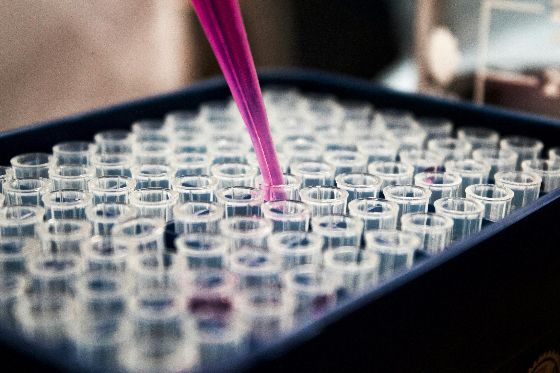
By Rachel McDonald, the Australian Science Media Centre
People requiring stem cell treatments could one day be their own donor, with Australian researchers developing a cell therapy in mice they hope to take to human trials in as soon as five years.
The team from the Murdoch Children's Research Institute have been working on how to take human cells from skin, hair or blood and use them to grow to blood stem cells in the lab. These blood stem cells could then be used as a therapy to treat blood diseases such as bone marrow failure and leukaemia.
One of the researchers, Associate Professor Elizabeth Ng from MCRI, told an AusSMC briefing the team were able to inject the human blood stem cells into mice, and they successfully engrafted and began replicating in the mice. She said the goal now was to see if they could do this consistently and safely in humans.
"The way we envisage this therapy working in the clinic is we would be able to take mature cells from a patient, so skin or blood or hair or other, we would be able to reprogram them and grow pluripotent stem cells in a dish here and culture them", A/Prof Ng said.
"We would then be able to differentiate those and grow blood stem cells ... and these blood stem cells would then become the therapy that we give back to the patient. And because they have come initially from the patient's cells, they are perfectly matched to the patient."
Currently, patients requiring stem cell therapies are reliant on finding a donor whose stem cells are close enough of a match to work, a process that can be physically challenging and requires a lot of luck.
When Gaurav Mahajan's daughter Riya was diagnosed with aplastic anemia two years ago, initial treatments had little success and she required an unhealthy amount of blood transfusions.
"Eventually Riya's doctor, Dr Rachel, she suggested a bone marrow transplant for her, but again, the struggle was to find a match for her," Mr Mahajan said.
Finding a donor match can be heavily dependent on the location and ethnicity of the patient, with some groups more well-represented among donors.
"There is a global donor bank for bone marrow, but even after waiting quite a few months, we couldn't really find a perfect match. So my wife and I were 50% matches, and so Dr Rachel, she suggested we could go for a 50% match transplant."
With a 50% match transplant, Riya had to go through a rigorous process involving immunosuppression, heavy isolation and chemotherapy, which Mr Mahajan said was the hardest part of her treatment.
"As a parent and as a family, this is a very difficult experience, the hardest thing to see your child going through so much pain," he said.
"This new research I think, will go a long way in helping kids who are suffering from similar conditions as Riya in the future."
A/Prof Ng said the greatest benefit of their therapy was it circumvented the need for a good donor match.
"The blood stem cells we make in the dish will be perfectly matched to the patient, so the patient then will not experience a lot of the side effects that Riya, for instance, has experienced," she said.
MCRI's Professor Andrew Elefanty, who was also involved in the research, said the therapy, if successful, could be used not only for patients like Riya struggling to find a match but also in cases where a match "is just not quite perfect enough".
"Even if patients are able to find a match, it may not be as good as the match would be with their own cells," Prof Elefanty said.
He said he would like to see a therapy like this help address global inequities in who has access to a good donor match, however because of the technology required for the process this was a challenge in itself.
For now, the researchers say the next step is moving away from mouse studies and toward human trials.
"The animal model studies are not perfect, because obviously we are testing human cells in a mouse model," A/Prof Ng said.
"We envisage, all things going to plan, that we would begin to plan clinical trials in five years. We do have a clinician team that we have begun to plan this for the future," she said.
Prof Elefanty said the transition from animal testing to human trials will need to be done carefully.
"It's exactly because of the imperfect nature of the animal models and the uncertainty of these that we actually have to be careful in our speed of progression, and that's why we need carefully controlled clinical trials to make sure that the cells are safe and they actually work," he said.
This article originally appeared in Science Deadline, a weekly newsletter from the AusSMC. You are free to republish this story, in full, with appropriate credit.
Contact: Rachel McDonald
Phone: +61 8 7120 8666
Email: info@smc.org.au